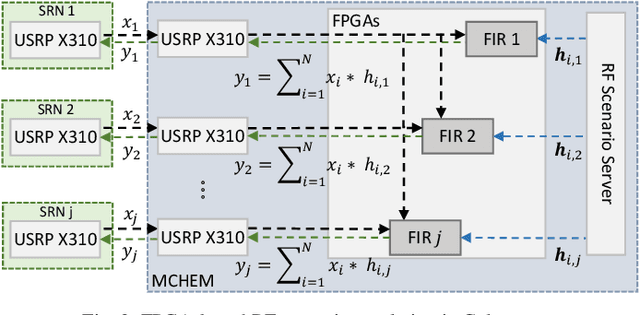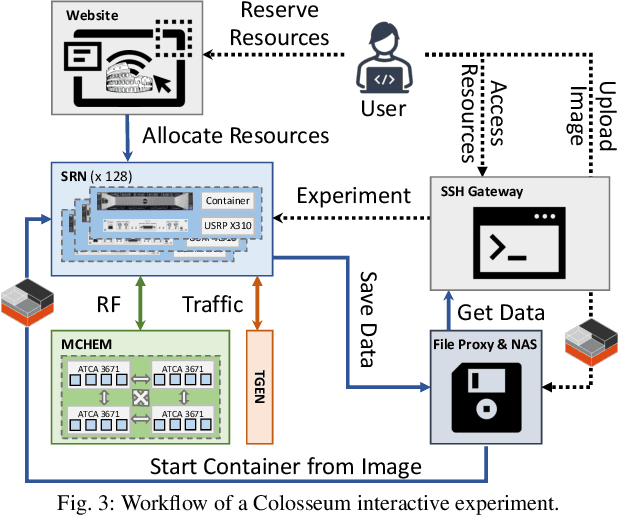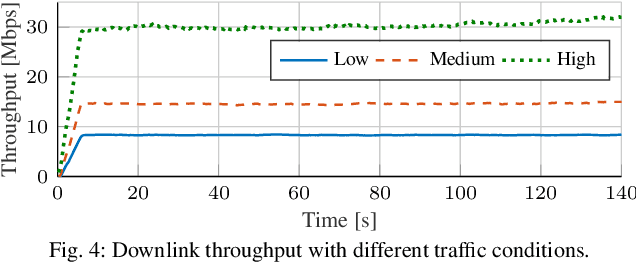Chinenye Tassie
T-PRIME: Transformer-based Protocol Identification for Machine-learning at the Edge
Jan 09, 2024



Abstract:Spectrum sharing allows different protocols of the same standard (e.g., 802.11 family) or different standards (e.g., LTE and DVB) to coexist in overlapping frequency bands. As this paradigm continues to spread, wireless systems must also evolve to identify active transmitters and unauthorized waveforms in real time under intentional distortion of preambles, extremely low signal-to-noise ratios and challenging channel conditions. We overcome limitations of correlation-based preamble matching methods in such conditions through the design of T-PRIME: a Transformer-based machine learning approach. T-PRIME learns the structural design of transmitted frames through its attention mechanism, looking at sequence patterns that go beyond the preamble alone. The paper makes three contributions: First, it compares Transformer models and demonstrates their superiority over traditional methods and state-of-the-art neural networks. Second, it rigorously analyzes T-PRIME's real-time feasibility on DeepWave's AIR-T platform. Third, it utilizes an extensive 66 GB dataset of over-the-air (OTA) WiFi transmissions for training, which is released along with the code for community use. Results reveal nearly perfect (i.e. $>98\%$) classification accuracy under simulated scenarios, showing $100\%$ detection improvement over legacy methods in low SNR ranges, $97\%$ classification accuracy for OTA single-protocol transmissions and up to $75\%$ double-protocol classification accuracy in interference scenarios.
Colosseum: Large-Scale Wireless Experimentation Through Hardware-in-the-Loop Network Emulation
Oct 20, 2021



Abstract:Colosseum is an open-access and publicly-available large-scale wireless testbed for experimental research via virtualized and softwarized waveforms and protocol stacks on a fully programmable, "white-box" platform. Through 256 state-of-the-art Software-defined Radios and a Massive Channel Emulator core, Colosseum can model virtually any scenario, enabling the design, development and testing of solutions at scale in a variety of deployments and channel conditions. These Colosseum radio-frequency scenarios are reproduced through high-fidelity FPGA-based emulation with finite-impulse response filters. Filters model the taps of desired wireless channels and apply them to the signals generated by the radio nodes, faithfully mimicking the conditions of real-world wireless environments. In this paper we describe the architecture of Colosseum and its experimentation and emulation capabilities. We then demonstrate the effectiveness of Colosseum for experimental research at scale through exemplary use cases including prevailing wireless technologies (e.g., cellular and Wi-Fi) in spectrum sharing and unmanned aerial vehicle scenarios. A roadmap for Colosseum future updates concludes the paper.
 Add to Chrome
Add to Chrome Add to Firefox
Add to Firefox Add to Edge
Add to Edge